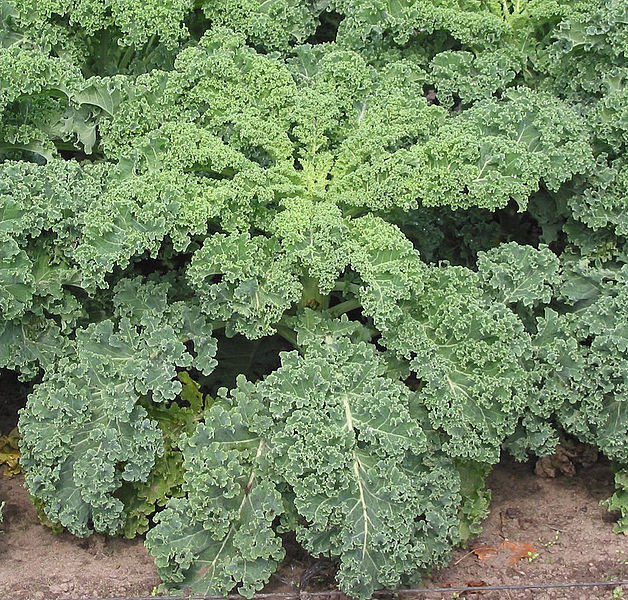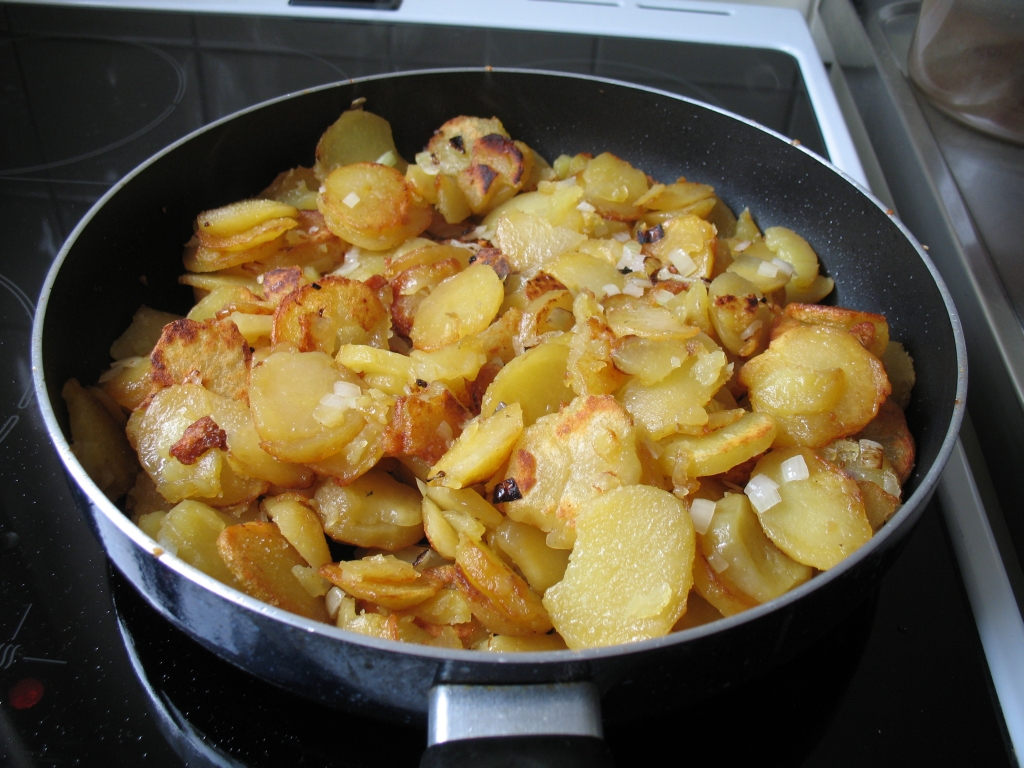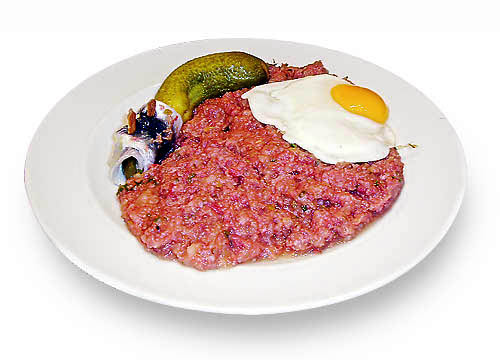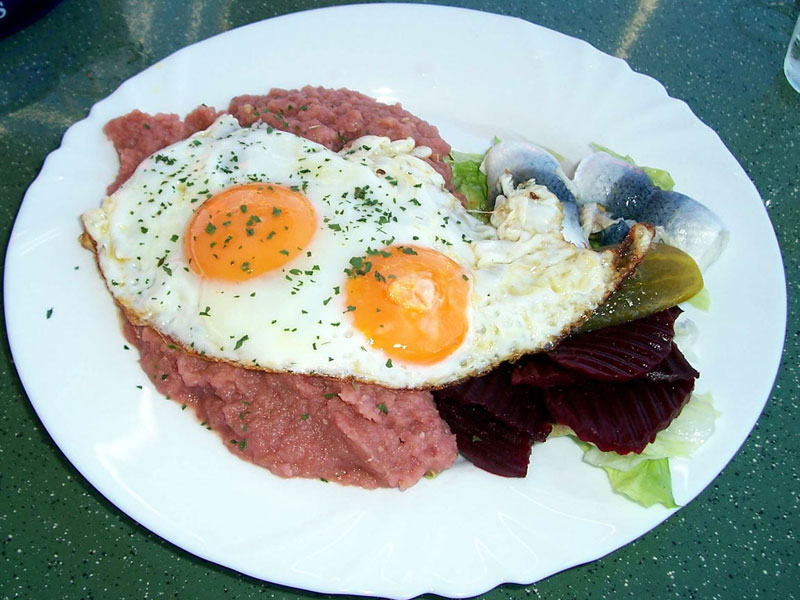MacGuffin
Forum Addict
- Joined
- Mar 29, 2008
- Messages
- 8,329
- Location
- Wilhelmshaven, Germany
- Car(s)
- '17 Ford Mustang GT Fastback
Lunch could be done Saturday. Hmm, I need to pickup an onion tomorrow then. Oh and some apple sauce.
Maybe it's fair to warn you, that your kitchen will smell of it afterwards for at least a week. I still have my grandma's recipe for them somewhere, if somebody is interested.
-------------------------------------------------------------------------------------------
Alright, since it's still the season and it's a typical northern German speciality, I repost it here (though I'm quite sure you won't find the necessary ingrediences anywhere but in Northern Germany, so it's probably one of the few things you won't even get in Chicago or New York):
THE traditional winter meal of Northern Germany is "Gr?nkohl mit Pinkel". I guess I need to elaborate a bit on that.
Gr?nkohl is a green kind of cabbage, that has been cultivated as a vegetable especially in the north-western parts of Germany. It has been refined in breeding over centuries, so that it got its unique flavor. One particular feature of it is, that it won't lose its vitamins and sustenance even after hours of simmering.

The heartland of Gr?nkohl is the area around the cities of Oldenburg and Bremen, both fighting for the honor of having the best and oldest traditions, with no winner so far. The traditional "Gr?nkohlfahrten" (Kale tours) start as soon as the first night frost has come. Gr?nkohlfahrten are social happenings, usually organized by clubs, neighborhoods or co-workers and consist of playing a Frisian street sport called "Bo?eln" (also called Klootschieten by the Dutch) in the afternoon, which is played with a hard rubber ball and involves wandering on lonely backroads for several kilometers with a handcart, in which a lot of alcoholic beverages is carried around Once it got dark, you arrive at the restaurant, where the Gr?nkohl meal will take place, and you are usually frozen, very hungry and relatively drunk. And indeed there is nothing more delicious and satisfying, than a Gr?nkohl meal, when you're frozen, very hungry and a little drunk. It's hearty and substantial and the one who manages to eat the most, is named "Kohlk?nig" (Kale King). That winner usually has the duty to organize next year's tour. A typical Gr?nkohl meal looks like this:

South Germans are usually completely ignorant of Gr?nkohl.
Since I was not born where I live now, I was completely overwhelmed by that Gr?nkohl tradition, when I arrived, and have taken it into my heart ever since. Even the German army troops here organize Kohlfahrten. I'm a huge fan of it and cooking it is really easy.
You take the Kale (which is available frozen and in a picked state in every supermarket here), melt some lard in a pot, add some hacked onions and some broth, put the Kale in, add some salt, pepper, nutmeg and mustard and that's all. The rest is about 3 hours of simmering at low temperatures with occasional stirring. After a while you can put the sausages in, if you like. You can also add belly of pork, if you want to give it some more taste. The final ingredient is oat grouts to thicken the whole thing up (those are the white little dots).
Gr?nkohl is served here with two kinds of sausages: Pinkel, a local speciality and pork sausage. Also in most parts you get Kasseler meat with it, and belly of pork.
Now I could tell you how I stood at the stove and prepared the Gr?nkohl over hours but truth to be said, I am too lazy for it, so I buy it ready to eat from a local butcher shop, that serves it in their own restaurant and fills it up in cans for everyone to buy.
All I did, is boil the potatoes and put in the sausages. Tastes the same as in the best Gr?nkohl restaurant, and only takes an hour to prepare Gr?nkohl tastes best, when it is reheated anyway. Because only then does it get the pulpy consistency, as shown below.

If you are into good, traditional and hearty plain fare, you will love it.
-------------------------------------------------------------------------------
On a side note: German cuisine has developed a lot in recent years. German chefs are currently considered the second best in Europe and get the most stars after France. And when you ever go abroad and stay in a luxury hotel or go aboard a cruise ship, chances are high, that the chef is a German. As far as I know, the chef on the Queen Mary II for example, is a German.
That only as information for those who ask "German cuisine? What is there besides sausage and sauerkraut?"
In truth, being in the center of Europe and influenced from all points of the compass and the local traditions, the German cuisine is currently one of the most diversified ones in the world (see Gerfix' posting above for example).
Even the typical village inns you can still find everywhere, have changed their menu. You have to look to find one, where traditional local specialities are still served in a good quality. Many have been taken over by Italian, Greek or Turkish restaurants. The "grandma cooking style" has almost only survived in private households.
In any case you won't find out about German cuisine, when you visit Germany and then go to an Italian or Chinese restaurant
Ironically the best places to find what foreigners consider "typical German cuisine", is in restaurants abroad, for example in the USA or in Japan. And then there is of course Munich, where they keep it up for the tourists. Unlike all other Germans, Bavarians actually like to embody the walking clich? of a Lederhosen-Seppl for foreigners
Last edited:

 your house will smell of it all day.
your house will smell of it all day.




